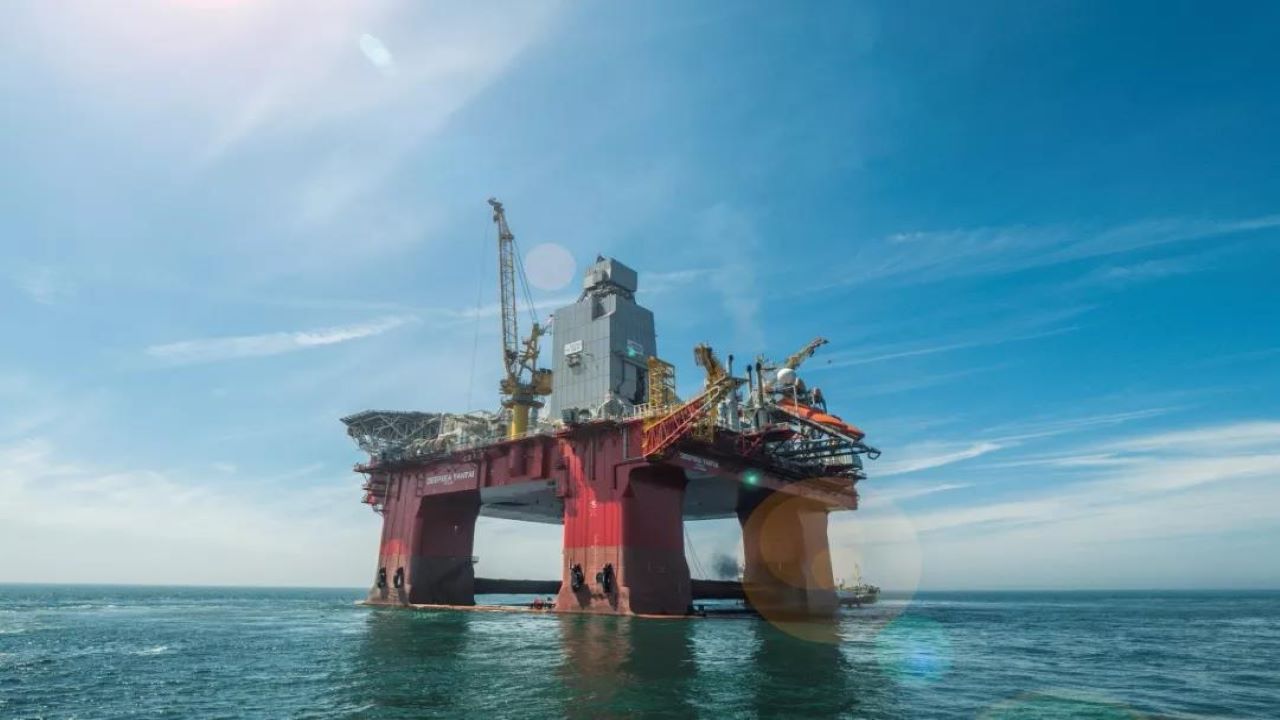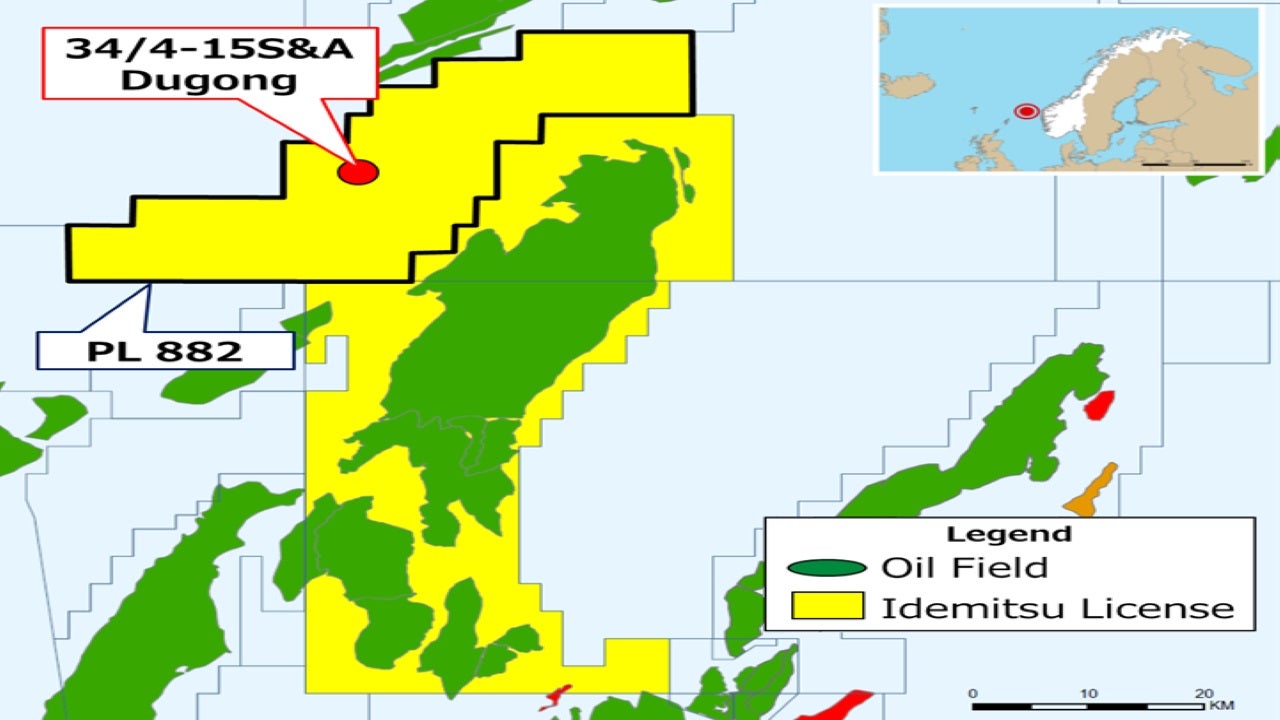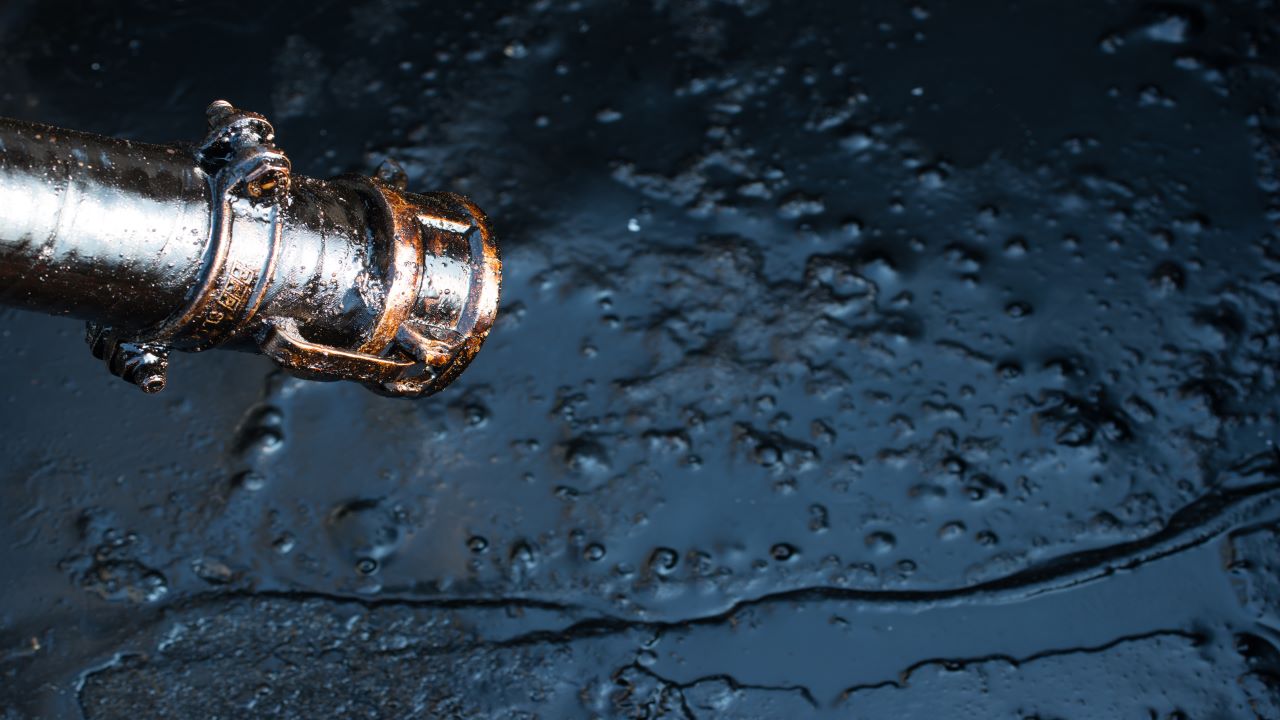The Dugong field is located in production licence 882 in the Norwegian sector of the North Sea. The Dugong discovery was one of the largest discoveries in the Norwegian sector of the North Sea in 2020.
The licence for the Dugong field was awarded in 2017. The oil field on the Norwegian Continental Shelf is located approximately 158km west of Florø, Norway, at water depths of 330m. The production licence was awarded by the Norwegian Ministry of Petroleum and Energy in 2017 as part of the Awards in Predefined Areas (APA) 2016.
Dugong field development
The presence of oil in the field was discovered by Neptune Energy and its partners in July 2020 via two exploration wells 34/4-15 S and 34/4-15 A. Neptune Energy and its partners have initiated drilling of the Dugong appraisal well 34/4-16S, as of March 2021. An exploration well is planned to be drilled in the third quarter of 2021, targeting the Dugong Tail prospect.
The Dugong field is being developed under a partnership between Neptune Energy (45%, operator), Petrolia NOCO (20%), Idemitsu Petroleum Norge (20%), and Concedo (15%). Neptune reached an agreement with Concedo to purchase an additional 5% interest in Dugong to increase its overall stake to 45% in October 2020.
The Dugong discovery is currently under further exploration and development and will be considered for tie-in to nearby infrastructure in the future.
Dugong oil field discovery
Dugong was drilled by the Deepsea Yantai, an all-weather semi-submersible rig. The discovery well 34/4-15 S and the down-dip sidetrack 34/4-15 A were drilled approximately 10km north-west of the Snorre field and 160km west of Florø in the North Sea.
The wells 34/4-15 S and 34/4-15 A were drilled to vertical depths of 3,430m and 3,573m respectively below sea level and respective measured depths of 3,571m and 3,844m. An appraisal well 34/4-15 A was also drilled to delineate the discovery in the 34/4-15 S well.
The primary exploration target for the 34/4-15 S well was to prove petroleum in the Middle Jurassic Age reservoir rocks of the Rannoch Formation. The well intersected an oil column of about 80m in the Rannoch Formation, of which 50m is sandstone with moderate reservoir quality and 17m is reservoir sandstone of poor reservoir quality.
The secondary exploration target was undertaken to prove petroleum in Late Jurassic Age reservoir rocks of the Intra Draupne Formation sandstone in the North Sea. The well intersected an oil column of about 100m in the Intra Draupne Formation sandstone, of which 55m is sandstone of poor to moderate reservoir quality.
Dugong reserves
The Dugong reservoir lies at a depth of approximately 3,250m to 3,400m. The oil volumes discovered so far are estimated to up to 19 million standard cubic metres (MSm³) of recoverable oil equivalent, or up to 120 million barrels of oil equivalent (Mboe).
The preliminary recoverable oil in place in the Rannoch Formation is estimated to be in the range of 5MSm³ and 14MSm³ while the recoverable oil in place in the Intra Draupne Formation sandstone is estimated to be between 1.6MSm³ and 5MSm³.
Deepsea Yantai drillship details
Owned by China International Marine Containers (CIMC) and operated by Odfjell Drilling, Deepsea Yantai is a GM4D design drillship suitable for operations in harsh environments and at water depths of up to 1,200m. Equipped with a full DP 3 dynamic positioning system, the rig is designed for full mooring spread at water depths of 70m to 500m. The drilling system includes a 1½ derrick with offline capabilities and an active heave compensating draw work for improved safety, performance, and efficiency.
Contractors involved
Odfjell Drilling was contracted to provide drilling services for the exploration and appraisal wells using the Deepwater Yantai drillship. The rig contract was extended for two more wells in January 2021. The existing contract provides an option for eight additional wells.






